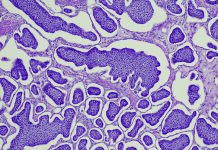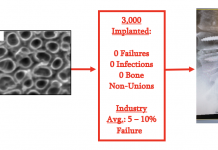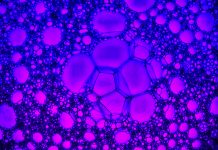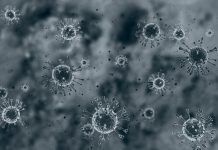Open Access Government produces compelling and informative news, publications, eBooks, and academic research articles for the public and private sector looking at health, diseases & conditions, workplace, research & innovation, digital transformation, government policy, environment, agriculture, energy, transport and more.
Home 2024
Archives
Opinion: What are the barriers to innovation in medicine?
Thomas J. Webster, PhD provides a firsthand account of the obstacles hindering innovation in medicine, covering publishing, conferences, politics, funding, universities, and industry.
Are nanotextures enough to kill cancer cells?
Nanotextures on nanoparticles and implants to kill cancer cells in a more targeted manner may just be the key to tackling resistance to traditional cancer drugs.
Opinion: Do universities help or hurt innovation?
Do Universities help or hurt innovation? Find out in this 25-year academic entrepreneur’s anecdotal perspective of starting companies and developing implants. Thomas J. Webster shares his opinion here.
Artificial intelligence (AI) and biomaterials: A perfect BandAId™
Thomas J Webster, Ph.D., Professor and Entrepreneur, is investigating the potential of AI in medical applications and biomaterial production.
Optimizing Biomaterials: Nanomaterials Improving Implant Success
Discovering “Nano-optimization” and the possibilities of nanotechnology, Prof. Webster and his research team are solving some of healthcare’s biggest problems.
How entrepreneurship and industry saved COVID fighting nanotechnology?
Here Thomas J. Webster, Ph.D. explores how Nanotechnology was crucial in the battle against COVID-19 and how entrepreneurship helped it thrive.

![Opinion: What are the barriers to innovation in medicine? Figure 1: a) Nanotextured spinal implants now in over 30,000 humans with no cases of failure [2]. Such implants are being commercialized by Nanovis. b) Nanosensors now being used to detect the presence of bacteria, inflammatory cells, or bone-forming cells on implants. Such nanosensors can communicate to handheld devices and can respond in real-time to reverse adverse events. Such sensors have been implanted in sheep for up to 12 weeks showing the ability to promote bone growth.](https://www.openaccessgovernment.org/wp-content/uploads/2024/07/Screenshot-2024-07-04-at-09.19.27-218x150.png)





